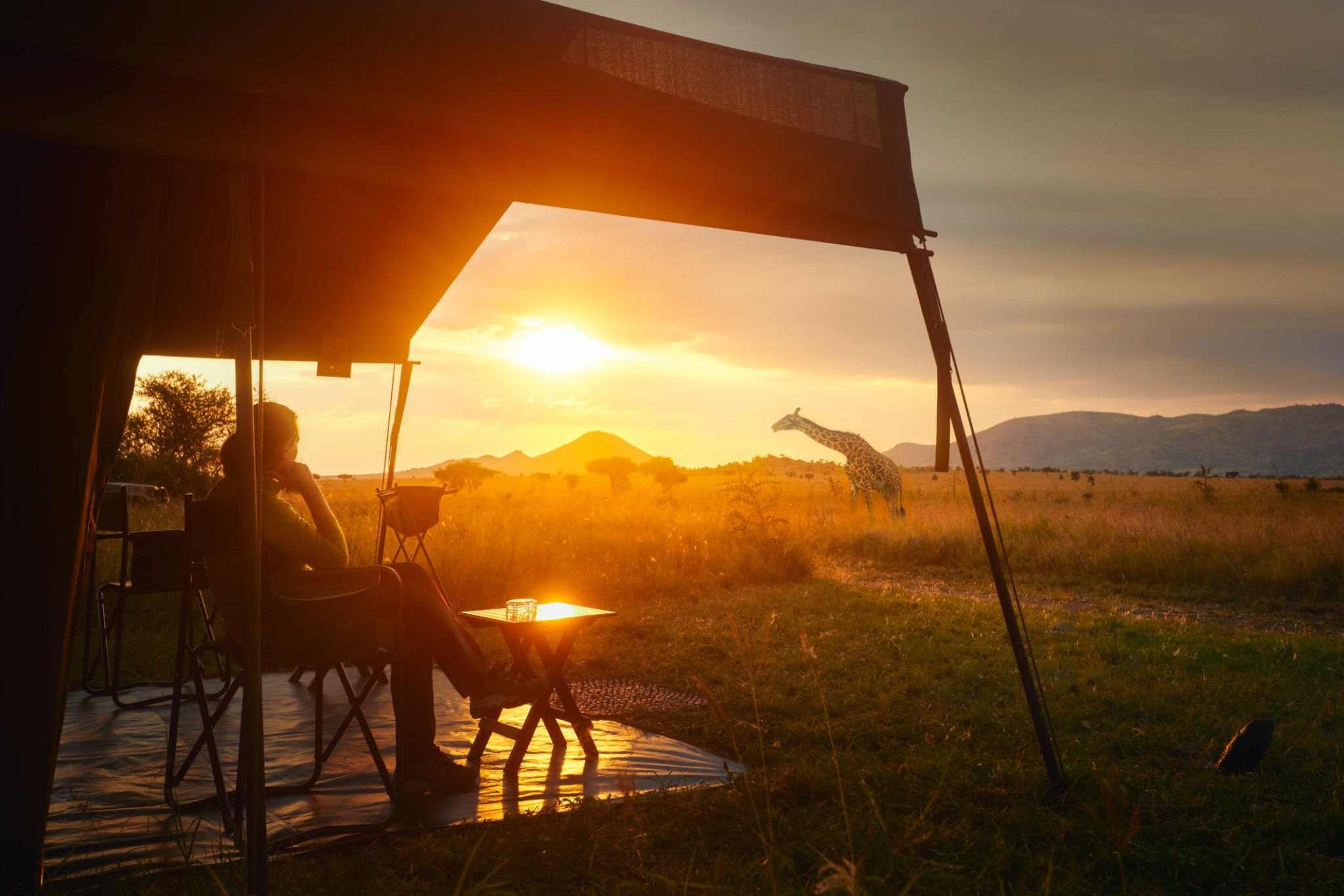Earth Day Conservation Stories: Impactful Initiatives from the African Wilderness
Exploring Conservation Efforts in the African Wilderness
Earth Day serves as a reminder of the collective responsibility we hold to protect our planet. Across the African wilderness, numerous conservation initiatives are making significant strides in preserving the continent's rich biodiversity. From community-led projects to cutting-edge technology, these efforts are critical to ensuring a sustainable future for Africa's unique ecosystems.
Africa is home to some of the world's most iconic wildlife, including elephants, lions, and rhinos. However, these species face threats from poaching, habitat loss, and climate change. Conservation initiatives across the continent are tackling these challenges head-on with innovative solutions and community involvement.

Community-Led Conservation Projects
Local communities play a pivotal role in the success of conservation efforts. By involving residents in decision-making and providing them with economic incentives, several projects have successfully fostered a sense of ownership and responsibility towards wildlife preservation.
In Kenya, the Maasai Mara Wildlife Conservancies Association (MMWCA) collaborates with local Maasai landowners to promote sustainable land-use practices. This initiative not only protects vital wildlife corridors but also enhances the livelihoods of the Maasai people through eco-tourism and other income-generating activities.
The Power of Eco-Tourism
Eco-tourism has emerged as a powerful tool in conservation efforts across Africa. By promoting responsible tourism practices, countries can generate revenue that supports wildlife protection while also educating visitors about the importance of preserving nature.

South Africa's Kruger National Park is a prime example of successful eco-tourism. The park attracts millions of visitors each year, and funds generated from tourism are reinvested into conservation projects, including anti-poaching units and habitat restoration programs.
Innovative Technology in Wildlife Protection
Technology is revolutionizing conservation strategies, providing new ways to monitor and protect wildlife. Drones, satellite collars, and camera traps are just a few examples of how technology is being employed to enhance conservation efforts.
In Namibia, the use of drones has dramatically improved anti-poaching efforts. These unmanned aerial vehicles offer a bird's-eye view of vast landscapes, assisting rangers in tracking poachers and responding swiftly to threats.

Collaborations for Greater Impact
Collaboration between governments, NGOs, and private organizations is crucial for amplifying conservation impact. Partnerships enable the sharing of resources, expertise, and funding to tackle complex environmental challenges.
The African Parks Network is a shining example of effective collaboration. This organization manages numerous parks across Africa in partnership with governments and local communities. Their model emphasizes sustainable funding and capacity building, ensuring long-term conservation success.
Looking Ahead: Building a Sustainable Future
As we celebrate Earth Day, it's important to recognize the remarkable conservation stories emerging from the African wilderness. These initiatives demonstrate that with innovation, collaboration, and community involvement, we can make significant strides toward preserving our planet's natural heritage.
The journey towards a sustainable future requires ongoing commitment and support from individuals worldwide. By raising awareness and contributing to these impactful initiatives, we can help ensure that Africa's wildlife thrives for generations to come.
